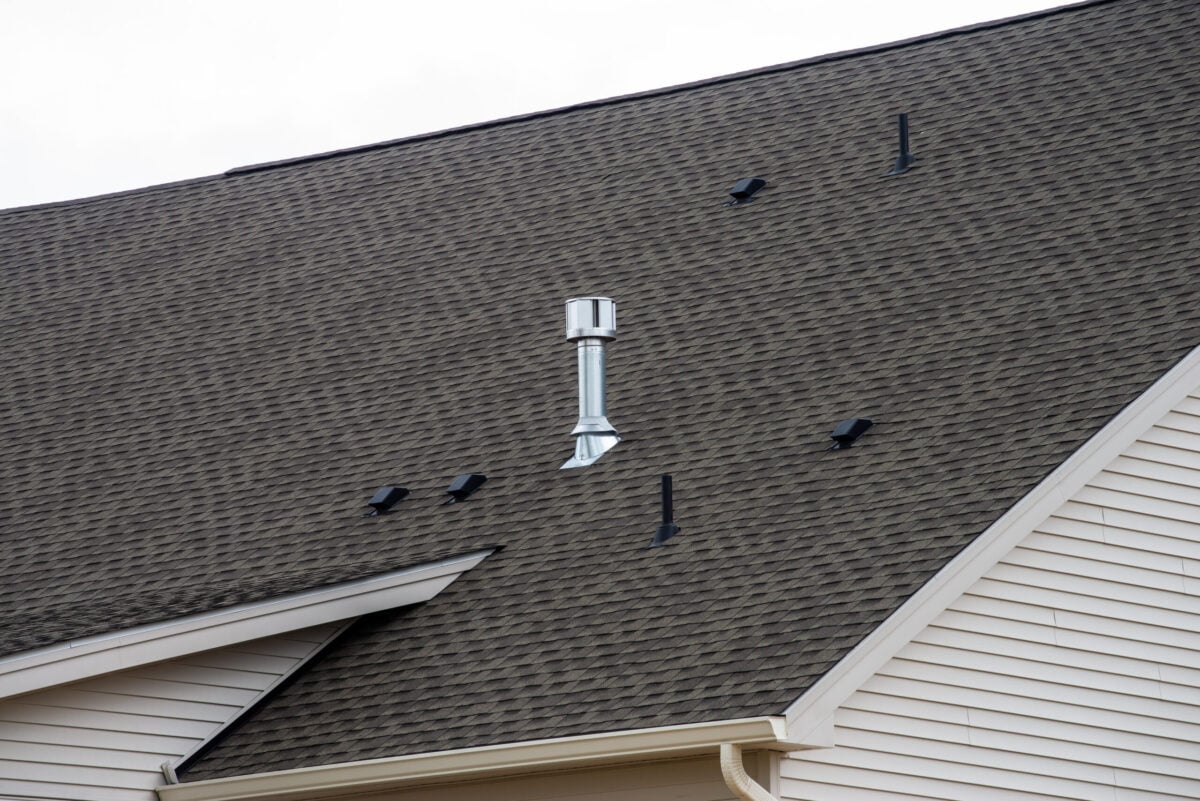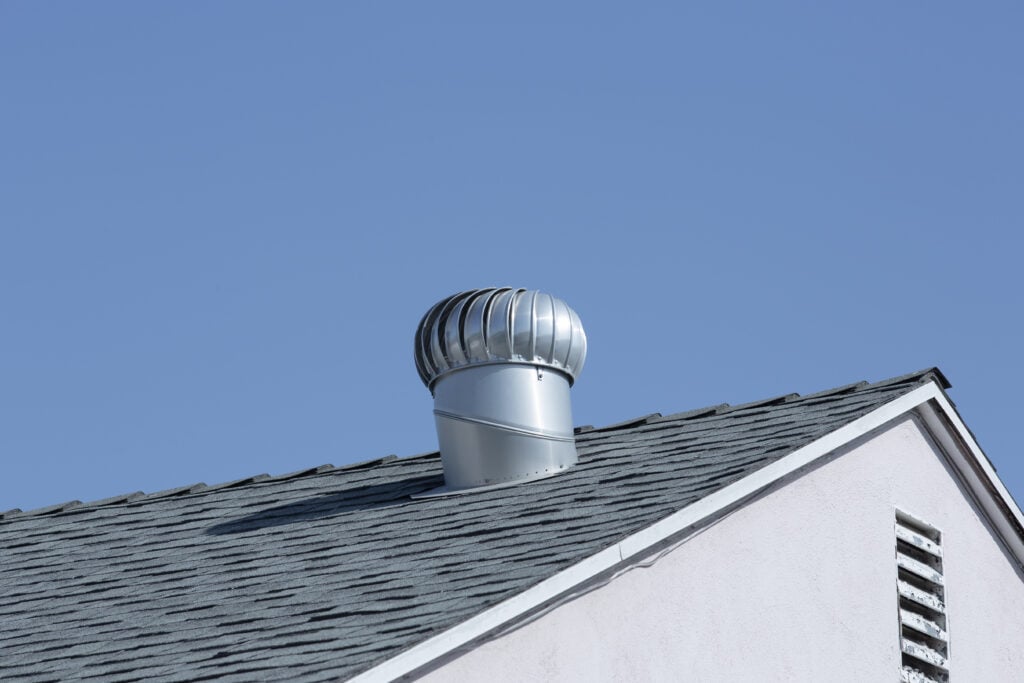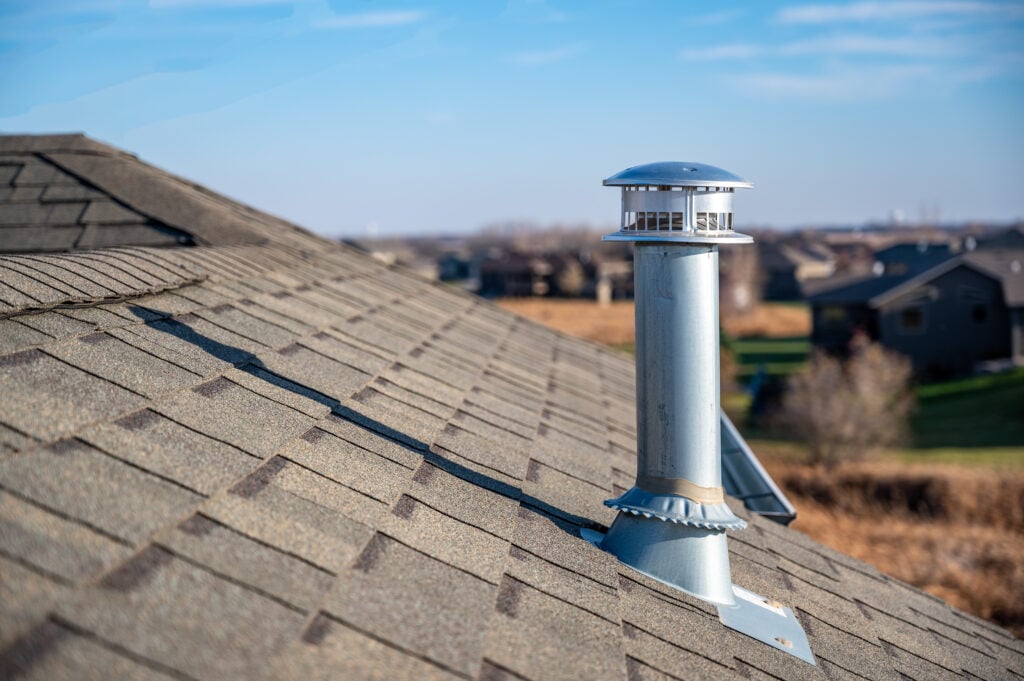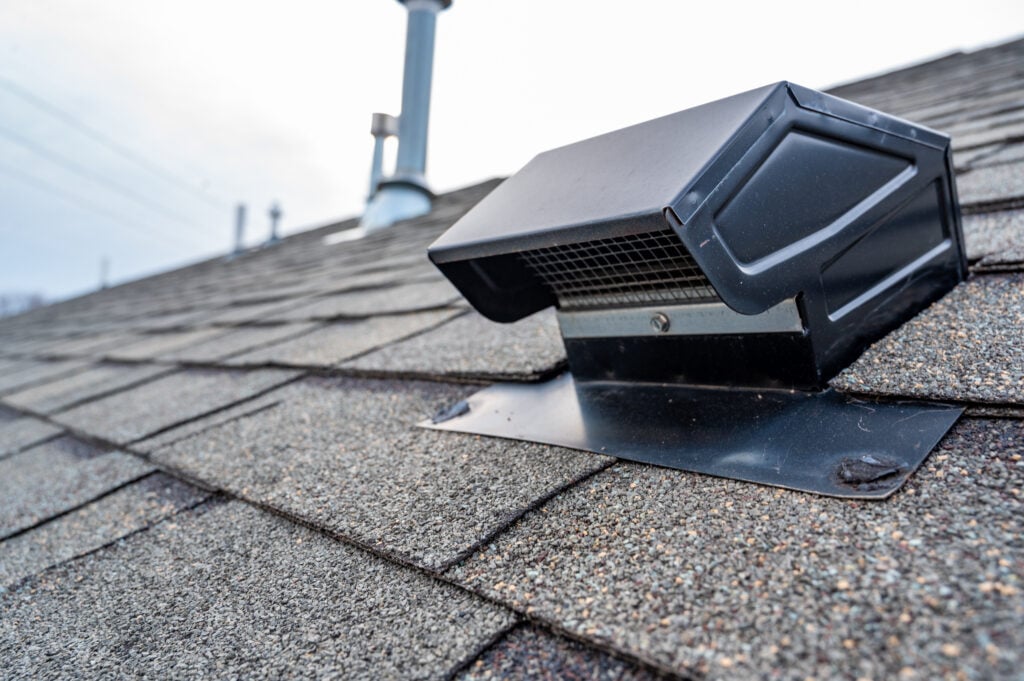
6 Types of Roof Vents for a Longer-Lasting Roofing System
A healthy roofing system does more than keep water out—it keeps air moving. One of the most overlooked yet crucial components of a durable roof is proper ventilation. Without it, heat, moisture, and humidity can build up in your attic, causing everything from warped shingles to higher energy bills. That’s where roof vents come in.
Choosing the right ventilation system can extend the life of your roof, improve comfort inside your home, and even help you save money over time. If you’re planning a new roof installation or want to upgrade your existing system, check out professional roofing services that can help design and install the right venting solution for your home’s needs.
In this guide, you’ll learn:
- Why roof ventilation is essential for long-term roof health
- The different types of roof vents and how they work
- How to identify ventilation issues in your attic
- The best venting systems for homes in varying climates
- When to consult a roofing professional for evaluation or upgrades
Why Roof Ventilation Matters More Than You Think

Proper ventilation helps your roof and attic “breathe.” When air flows efficiently through your attic, it removes excess heat and moisture before they can damage your home’s structure. For homeowners in highland and surrounding areas, where weather shifts from humid summers to cold winters, balanced ventilation is critical for both comfort and durability.
Here are the main reasons roof vents are so important:
- Prevents Moisture Damage: Without proper airflow, moisture from everyday activities (like cooking and showering) can collect in your attic, leading to mold, rot, and insulation damage.
- Reduces Heat Buildup: In warm months, trapped heat can cause shingles to deteriorate faster and increase your cooling costs.
- Improves Energy Efficiency: A well-ventilated attic helps regulate temperatures throughout the home, easing the workload on HVAC systems.
- Protects Structural Integrity: Consistent airflow prevents warping or expansion of wooden beams caused by temperature fluctuations.
- Extends Roof Lifespan: Reducing heat and humidity stress on roofing materials means fewer repairs and replacements over the years.
6 Most Common Types of Roof Vents (and How They Work)
Roof vents come in several styles, each with unique benefits depending on your roof’s slope, attic size, and local climate. Understanding these options helps you choose a ventilation system that supports long-term performance.
1. Ridge Vents
Ridge vents run along the peak of your roof, providing continuous ventilation from one end to the other. They allow warm, moist air to escape evenly across the entire attic.
Why they’re popular:
- Blends seamlessly with most roofing styles
- Requires no moving parts, reducing maintenance
- Offers uniform ventilation for the entire roof surface
Ideal for: Homes with large attic spaces and shingled roofs. Ridge vents pair best with soffit vents for complete air circulation.
2. Box Vents (Static Vents)
Box vents—also called louver vents or turtle vents—are installed near the ridge line but function as individual outlets rather than continuous systems. They rely on natural convection (rising warm air) to exhaust hot air from the attic.
Key advantages:
- Simple and affordable to install
- Suitable for smaller or complex rooflines
- Can be added in multiple locations for better coverage
Best used when: A home doesn’t allow for a continuous ridge vent or has isolated attic spaces.
3. Soffit Vents
Located under the eaves of the roof, soffit vents bring fresh air into the attic. This intake balances the airflow created by exhaust vents like ridge or box vents.
Benefits include:
- Improves attic ventilation balance
- Helps prevent ice dams by maintaining consistent roof temperature
- Available in continuous or individual vented panels
Soffit vents are essential in virtually every ventilation system—they supply the cool air that pushes hot air out.
4. Gable Vents
Gable vents are installed on the exterior walls of your attic, usually below the roof peak. They allow air to flow in and out horizontally through the attic space.
Pros:
- Adds visual interest to gable-end homes
- Provides additional airflow when paired with other vents
- Can help cool attic air passively
Limitations: Gable vents are less effective for modern homes with complex rooflines and may require supplemental ridge or soffit vents for optimal circulation.
5. Turbine Vents
Also known as “whirlybirds,” turbine vents use wind power to spin internal blades that draw warm air out of the attic. When installed correctly, they’re extremely efficient in windy regions.
Advantages:
- Uses natural wind energy (no electricity required)
- Increases airflow during windy conditions
- Affordable and low-maintenance
Considerations: Turbine vents need regular cleaning to prevent dirt buildup and proper sealing to avoid leaks.
6. Powered Roof Vents
These vents use electric or solar-powered fans to force hot air out of the attic. They’re ideal for homes with limited natural airflow or regions with extremely hot climates.
Benefits:
- Actively removes air, even on still days
- Some models include thermostats or humidity sensors for automatic operation
- Reduces heat transfer to living spaces
Downside: Can use more energy if not balanced with intake vents. Solar versions help offset this by using renewable energy.
Signs Your Roof May Not Be Ventilating Properly

Even the best roofing materials won’t last long without proper ventilation. If your home lacks adequate airflow, the signs often show up gradually through various symptoms.
Watch for these common red flags:
- High Energy Bills: Rising cooling or heating costs may indicate trapped heat or poor airflow.
- Hot or Stuffy Attic: If your attic feels significantly warmer than outside temperatures, it’s not venting properly.
- Condensation or Frost in Winter: Moisture buildup can freeze inside the attic, leading to rot and mold as it thaws.
- Warped Shingles or Decking: Excess heat causes shingles to curl or blister prematurely.
- Moldy Odors: Persistent musty smells in the attic are a sign of hidden moisture and poor air movement.
Homeowners in highland and surrounding areas often notice these issues during seasonal changes, when attic humidity and outdoor temperatures fluctuate sharply. Scheduling a professional inspection can identify whether the problem stems from blocked soffits, undersized vents, or insulation issues.
Balancing Intake and Exhaust Ventilation
The key to effective roof ventilation lies in balance—having the right amount of intake (air coming in) and exhaust (air going out). Without this balance, your attic can become pressurized, leading to moisture retention and inefficient airflow.
The 50/50 Rule
Ideally, your ventilation system should consist of roughly equal parts intake and exhaust. For every exhaust vent installed near the roof’s peak, you should have matching intake vents near the eaves. This balance ensures steady airflow throughout the attic.
Example:
- For every 300 square feet of attic floor space, you’ll need 1 square foot of ventilation split evenly between intake and exhaust.
Common Intake and Exhaust Pairings
| Exhaust Type | Works Best With | Ideal Use Case |
| Ridge Vents | Continuous Soffit Vents | Balanced systems for large or modern roofs |
| Box Vents | Individual Soffit Vents | Small or irregular attic spaces |
| Turbine Vents | Soffit or Gable Vents | Homes in windy regions |
| Powered Vents | Soffit or Gable Vents | Hot climates or low natural airflow |
A professional roofing contractor can calculate your home’s specific ventilation needs, ensuring every cubic foot of air moves as efficiently as possible.
Comparing Passive vs. Active Ventilation Systems
Understanding the two main categories of ventilation—passive and active—helps you choose what fits your home’s climate and energy goals best.
| Feature | Passive Ventilation | Active Ventilation |
| How It Works | Relies on natural convection (warm air rises, cool air enters) | Uses powered fans to move air |
| Energy Use | None | Low to moderate |
| Maintenance | Minimal | May require periodic cleaning or motor checks |
| Performance | Effective in moderate climates | Best for hot or humid environments |
| Examples | Ridge vents, box vents, soffit vents | Turbine vents, solar/electric fans |
For most homes, a hybrid approach—combining passive and active elements—offers the best results. For instance, ridge and soffit vents can provide baseline airflow, while a solar-powered fan boosts ventilation during heat waves.
How Roof Ventilation Impacts Your Entire Home

Ventilation isn’t just about the attic—it affects the comfort, safety, and efficiency of your entire living space. Here’s how proper venting benefits homeowners long-term.
Improved Indoor Air Quality: Removing stale, humid air from your attic helps prevent pollutants and allergens from circulating through your home’s HVAC system.
Consistent Indoor Temperatures: Balanced airflow prevents hot and cold spots inside your living areas, reducing strain on your air conditioning and heating systems.
Enhanced Roof Longevity: Well-ventilated roofs stay cooler in summer and drier in winter, extending the lifespan of shingles, decking, and underlayment.
Reduced Ice Dams: By keeping the roof surface closer to the outdoor temperature, ventilation helps prevent melting snow from refreezing at the eaves—one of the main causes of ice dams in winter.
Lower Utility Costs: Less attic heat means your air conditioner doesn’t have to work as hard, which translates to long-term energy savings.
Optimize Your Roof Ventilation for Long-Term Performance
Roof vents may seem like a small detail, but they play a major role in keeping your home healthy, efficient, and structurally sound. Whether you’re upgrading an older roof or planning a new installation, the right ventilation system ensures your roof lasts for decades while reducing maintenance costs.
If you’re ready to assess your home’s ventilation system or explore upgrades in highland and surrounding areas, contact us today to schedule an inspection. Our roofing experts will evaluate your attic airflow, recommend the best vent types for your structure, and make sure your home is protected from top to bottom.



